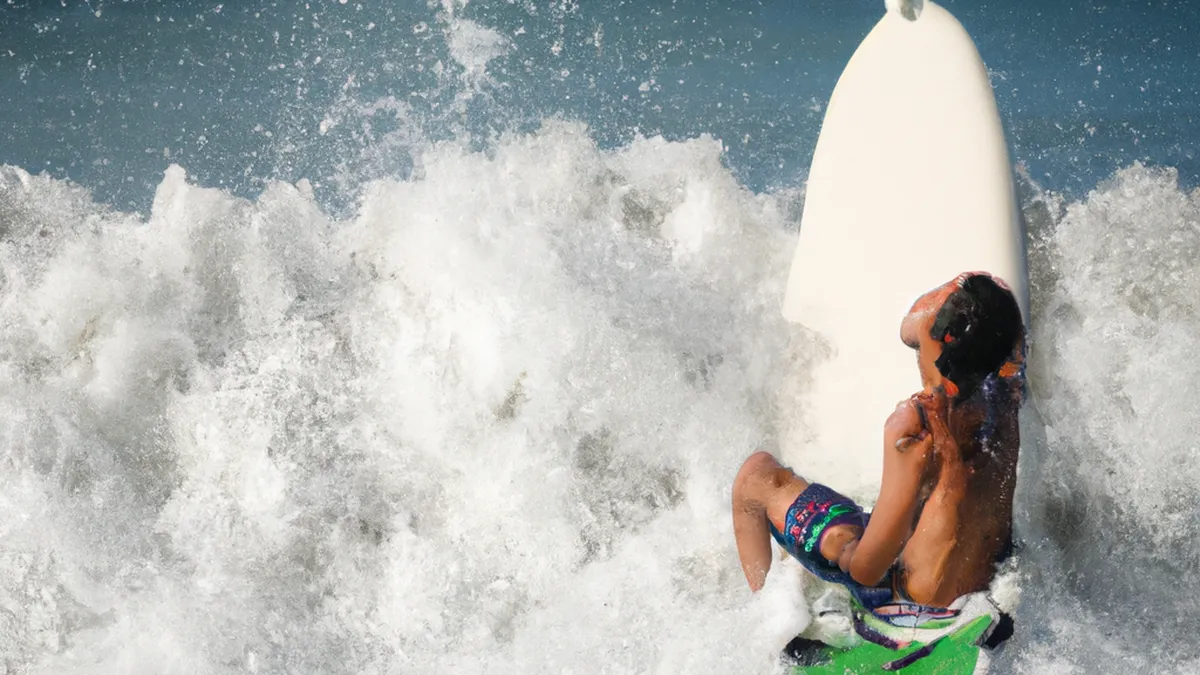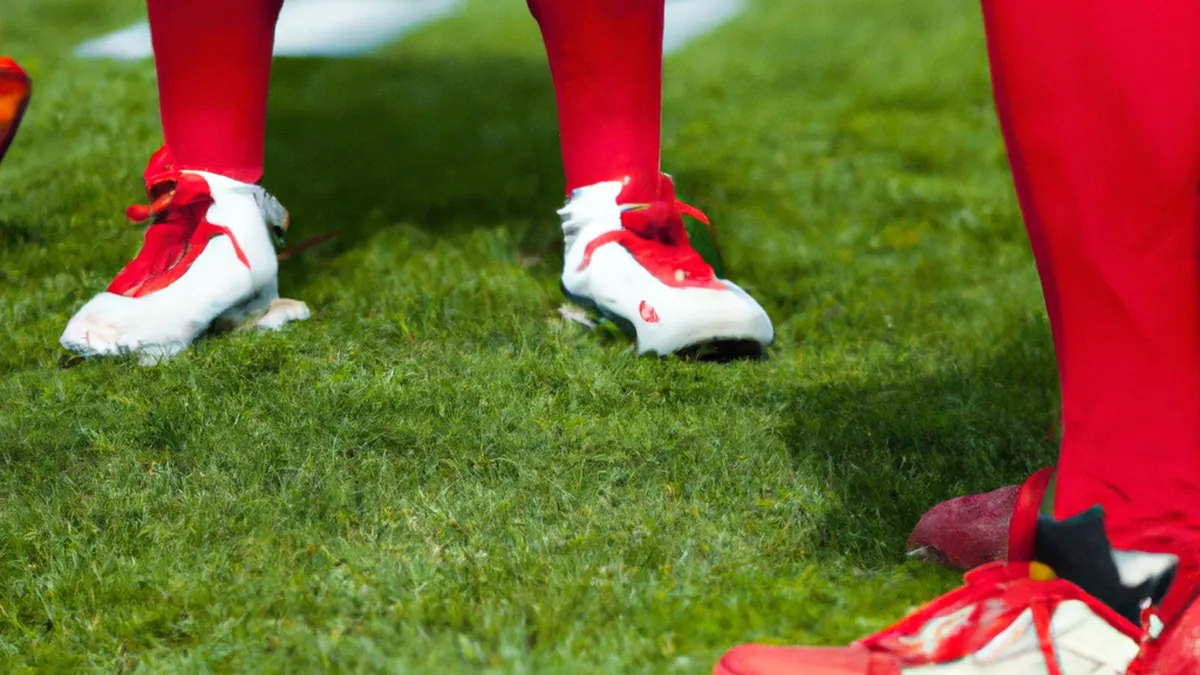Quiet Your Mind Before Paddling Out
Mindfulness Practices for SurfersSurfing goes beyond riding waves. It connects you with nature and yourself. Mindfulness enhances this connection, enriching your ocean experience. This blog post explores mindfulness practices for surfers. These methods can boost your focus, enjoyment, and performance in the water.
Understanding Mindfulness in Surfing
Mindfulness means staying present. Surfers focus on the water, waves, and body movements. They immerse themselves in the moment instead of worrying about the past or future. This practice reduces anxiety and increases joy while surfing. Mindfulness enhances your experience with every wave.
Breathing Techniques
As an Amazon Associate I earn from qualifying purchases.
Gear tip: consider breathing trainer, nasal dilator, and co2 tolerance timer to support this topic.
Breath serves as a powerful mindfulness tool. Here are effective techniques for surfers:
1. Diaphragmatic Breathing
Diaphragmatic breathing involves deep belly breaths. Inhale through your nose and let your belly expand. Exhale through your mouth, releasing all the air. Repeat for a few minutes before paddling out. This practice calms your mind and prepares you for surfing.
2. Box Breathing
Box breathing offers another excellent technique. Inhale for a count of four. Hold your breath for another four counts. Exhale for four counts, then hold for four counts again. Repeat this cycle several times. Box breathing helps clear your mind and focus your energy.
Mindful Observation
Observation plays a key role in mindfulness. While waiting for waves, observe your surroundings. Watch the water’s movement and notice how the waves break. Feel the sun on your skin and the wind in your hair. This practice grounds you in the moment and cultivates awareness of changing conditions.
1. Engaging the Senses
Engage all your senses to enhance your experience. Listen to the waves crashing. Smell the salt in the air. Feel the board’s texture under your feet. Engaging your senses deepens your connection to the ocean and improves your focus while riding waves.
Visualization Techniques
Visualization boosts performance and enhances mindfulness. Picture yourself catching a perfect wave. Imagine gliding on the water’s surface. Visualize your body movements as you ride. This mental practice builds confidence and reduces anxiety.
1. Pre-Surf Visualization
Before surfing, visualize your session for a few minutes. Picture ideal conditions, the waves you want to catch, and your responses. This technique prepares your mind for success and fosters a positive mindset.
2. Post-Surf Reflection
After your session, take time to reflect. Consider what went well and what you can improve. Reflecting enhances self-awareness and helps you set goals for future sessions.
Benefits of Mindfulness for Surfers
Incorporating mindfulness into your surfing routine offers many benefits:
1. Improved Focus
Mindfulness trains your mind to focus on the present. This concentration helps you catch more waves and improves safety.
2. Reduced Anxiety
Surfing can stress beginners. Mindfulness promotes relaxation and reduces anxiety. Staying present helps you worry less about outcomes.
3. Enhanced Enjoyment
Mindfulness allows you to appreciate each moment in the water. Enjoy the beauty of nature and the thrill of riding waves. This enjoyment deepens your love for surfing.
4. Increased Performance
Mindfulness improves your surfing skills. Focusing on your movements refines your technique. This results in better performance and greater satisfaction.
Conclusion
Mindfulness practices can transform your surfing experience. They deepen your connection with the ocean and yourself. Incorporate breathing techniques, mindful observation, and visualization to enhance focus and enjoyment. Mindfulness offers profound benefits, leading to improved performance and reduced anxiety. Next time you hit the waves, stay present. Enjoy each moment and let the ocean guide you. Happy surfing!
Below are related products based on this post:
FAQ
What is mindfulness in surfing?
Mindfulness in surfing means staying present and fully engaged with the water, waves, and body movements. It involves immersing yourself in the moment rather than worrying about the past or future. This practice can reduce anxiety and increase joy while surfing, enhancing your experience with every wave.
How can breathing techniques help surfers?
Breathing techniques serve as powerful mindfulness tools for surfers. Diaphragmatic breathing and box breathing are effective methods that calm the mind and prepare surfers for their sessions. These techniques help clear the mind and focus energy, contributing to a more enjoyable surfing experience.
What are the benefits of incorporating mindfulness into surfing?
Incorporating mindfulness into surfing offers numerous benefits, including improved focus, reduced anxiety, enhanced enjoyment, and increased performance. By training your mind to concentrate on the present, you can catch more waves and enjoy each moment in the water. This leads to a deeper connection with the ocean and greater satisfaction in your surfing.















Post Comment